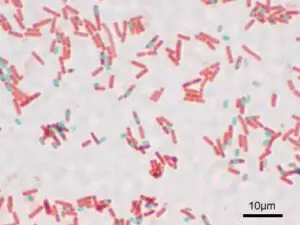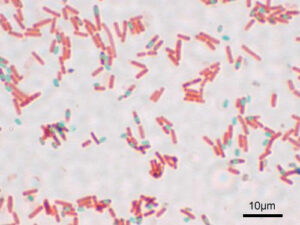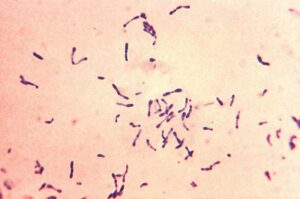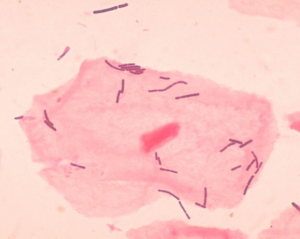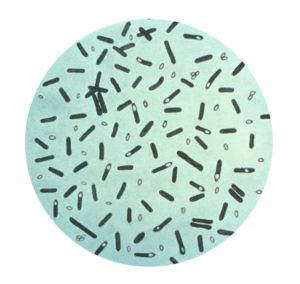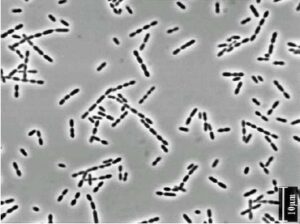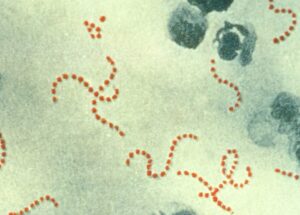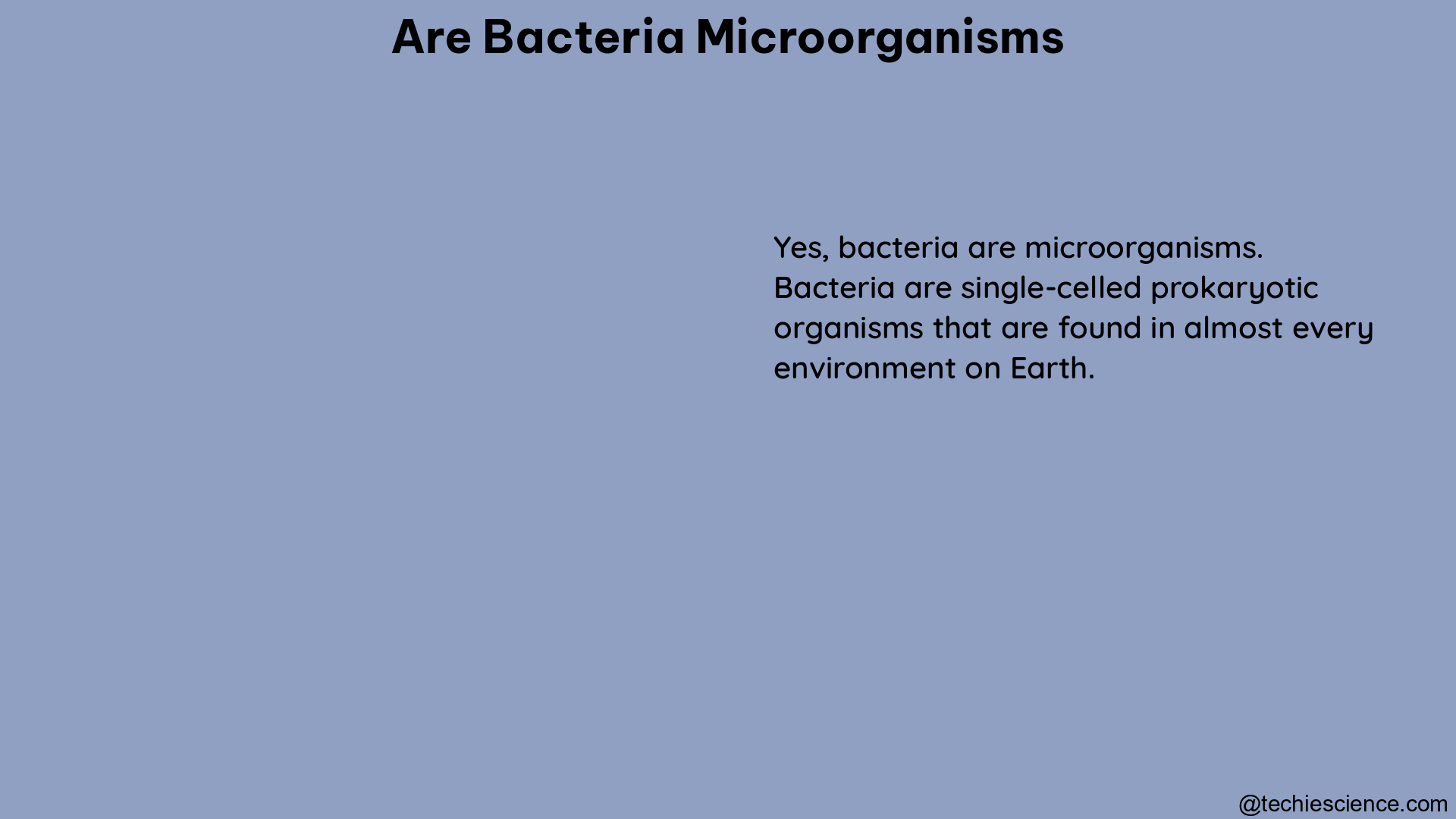Algae are a diverse group of photosynthetic organisms that play a crucial role in the Earth’s ecosystems. One of the defining characteristics of algae is their ability to produce their own food through the process of photosynthesis, making them autotrophs. In this comprehensive guide, we will delve into the details of how algae are autotrophs, the mechanisms behind their photosynthetic capabilities, and the impact they have on their environment.
Understanding Algae as Autotrophs
Autotrophs are organisms that can synthesize their own organic compounds from inorganic substances, such as carbon dioxide and water, using energy from sunlight or chemical reactions. Algae are considered autotrophs because they possess the ability to perform photosynthesis, a process in which they convert light energy from the sun into chemical energy in the form of organic compounds, primarily carbohydrates.
The Photosynthetic Process in Algae
The photosynthetic process in algae occurs within specialized organelles called chloroplasts, which contain the pigment chlorophyll. Chlorophyll is responsible for absorbing the necessary wavelengths of light, primarily in the red and blue regions of the visible spectrum, to drive the photosynthetic reactions.
During photosynthesis, algae use carbon dioxide (CO2) and water (H2O) as raw materials, and with the energy from sunlight, they produce glucose (C6H12O6) and oxygen (O2) as the primary products. The overall reaction can be represented as:
6CO2 + 6H2O + Sunlight energy → C6H12O6 + 6O2
This process not only provides the algae with the necessary organic compounds for growth and development but also releases oxygen, which is essential for the survival of other organisms in the ecosystem.
Quantifying Algal Photosynthetic Activity
The autotrophic nature of algae can be quantified by measuring their photosynthetic activity, which can be done in several ways:
-
Oxygen Production: By measuring the rate of oxygen production during photosynthesis, researchers can determine the photosynthetic activity of algae. A study found that the oxygen production rate of the green alga Chlorella vulgaris increased by up to 50% when exposed to higher light intensities, demonstrating their ability to utilize light energy for photosynthesis.
-
Carbon Dioxide Fixation: Another method to quantify algal photosynthetic activity is by measuring the rate of carbon dioxide (CO2) fixation. A study on the marine diatom Phaeodactylum tricornutum showed that its CO2 fixation rate increased by 30% when grown under higher light conditions, indicating its efficient use of light energy for photosynthesis.
-
Chlorophyll Content: The amount of chlorophyll-a, a key pigment involved in photosynthesis, can be used as an indicator of algal photosynthetic activity. A study on the freshwater green alga Scenedesmus obliquus found that its chlorophyll-a content varied significantly with changes in environmental factors, such as nutrient availability and light intensity, highlighting the dynamic nature of algal photosynthesis.
Algae and Nutrient Availability
In addition to their photosynthetic capabilities, algae can also influence the availability of nutrients in their environment. Periphytic algae, which grow on surfaces such as rocks and sediments, can reduce the availability of nutrients in the overlying water, affecting the growth and development of other aquatic organisms.
A study on the impact of periphytic algae on nutrient availability in a stream ecosystem found that the presence of these algae significantly decreased the concentrations of dissolved inorganic nitrogen and phosphorus in the water column. This reduction in nutrient availability can have cascading effects on the entire aquatic community, highlighting the important role of algae in shaping the nutrient dynamics of their environment.
The Ecological Significance of Algae as Autotrophs

Algae, as autotrophs, play a crucial role in the Earth’s ecosystems, particularly in aquatic environments. Their ability to convert inorganic substances into organic compounds through photosynthesis makes them the primary producers in many aquatic food webs, serving as the foundation for the entire ecosystem.
Primary Production and Nutrient Cycling
Algae are responsible for a significant portion of the primary production in aquatic ecosystems, converting solar energy into organic matter that can be utilized by other organisms. This primary production supports the growth and development of a diverse array of heterotrophic organisms, including zooplankton, fish, and even terrestrial animals that rely on aquatic food sources.
Moreover, algae play a vital role in the cycling of essential nutrients, such as nitrogen and phosphorus, within aquatic ecosystems. As they consume these nutrients during photosynthesis, they incorporate them into their biomass, which can then be consumed by higher trophic levels or released back into the environment through decomposition.
Oxygen Production and Carbon Sequestration
In addition to their role in primary production and nutrient cycling, algae are also crucial for maintaining the balance of oxygen and carbon dioxide in aquatic environments. Through their photosynthetic activities, algae release oxygen into the water, which is essential for the respiration of other aquatic organisms.
Furthermore, algae can act as carbon sinks, sequestering atmospheric carbon dioxide and incorporating it into their biomass. This process helps to mitigate the effects of climate change by removing greenhouse gases from the atmosphere and storing them in the form of organic matter.
Bioindicators of Environmental Conditions
Due to their sensitivity to changes in environmental conditions, such as nutrient levels, pH, and pollution, algae can serve as valuable bioindicators. By monitoring the composition and abundance of algal communities, researchers can assess the overall health and quality of aquatic ecosystems.
For example, the EPA’s “Using Algae to Assess Environmental Conditions in Wetlands” report highlights the use of algae as indicators of wetland health, providing insights into the nutrient status, pH, and other environmental factors that influence the overall ecosystem.
Conclusion
In conclusion, algae are indeed autotrophs, possessing the remarkable ability to produce their own food through the process of photosynthesis. Their photosynthetic capabilities, quantified through measures of oxygen production, carbon dioxide fixation, and chlorophyll content, demonstrate their efficient utilization of light energy to synthesize organic compounds.
Moreover, algae play a crucial role in aquatic ecosystems, serving as the primary producers that support the entire food web, cycling essential nutrients, and regulating the balance of oxygen and carbon dioxide. Their sensitivity to environmental conditions also makes them valuable bioindicators, providing insights into the overall health and quality of aquatic habitats.
As we continue to explore and understand the complex world of algae, their autotrophic nature and the myriad of ecological functions they perform will undoubtedly remain a topic of great interest and importance in the field of biology and environmental science.
References:
- Using Algae To Assess Environmental Conditions in Wetlands – EPA: https://www.epa.gov/sites/default/files/documents/wetlands_11algae.pdf
- Photoautotroph – an overview | ScienceDirect Topics: https://www.sciencedirect.com/topics/biochemistry-genetics-and-molecular-biology/photoautotroph
- Quantifying the impact of periphytic algae on nutrient availability for … – Quizlet: https://quizlet.com/484091562/biology-1108-lab-practical-1-flash-cards/


